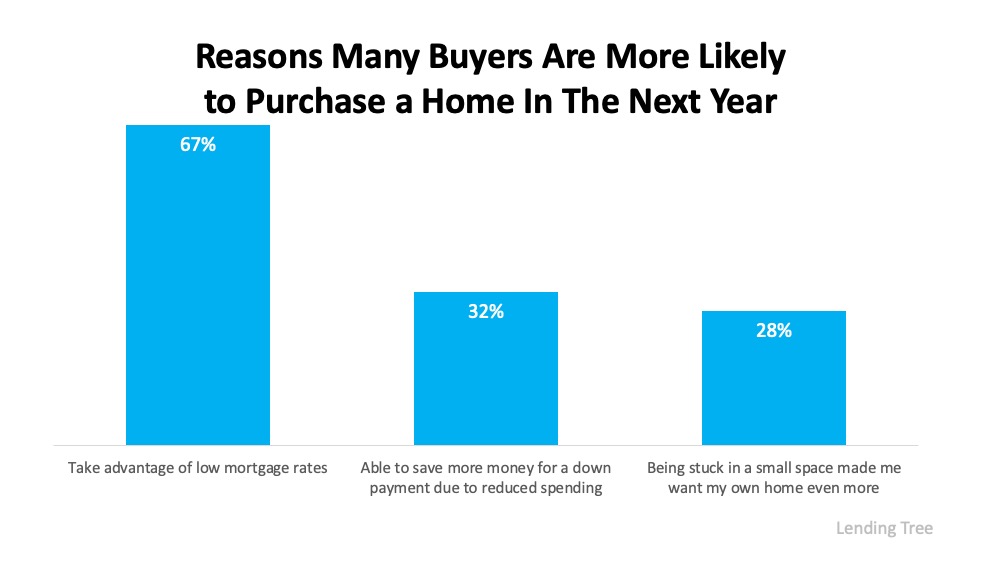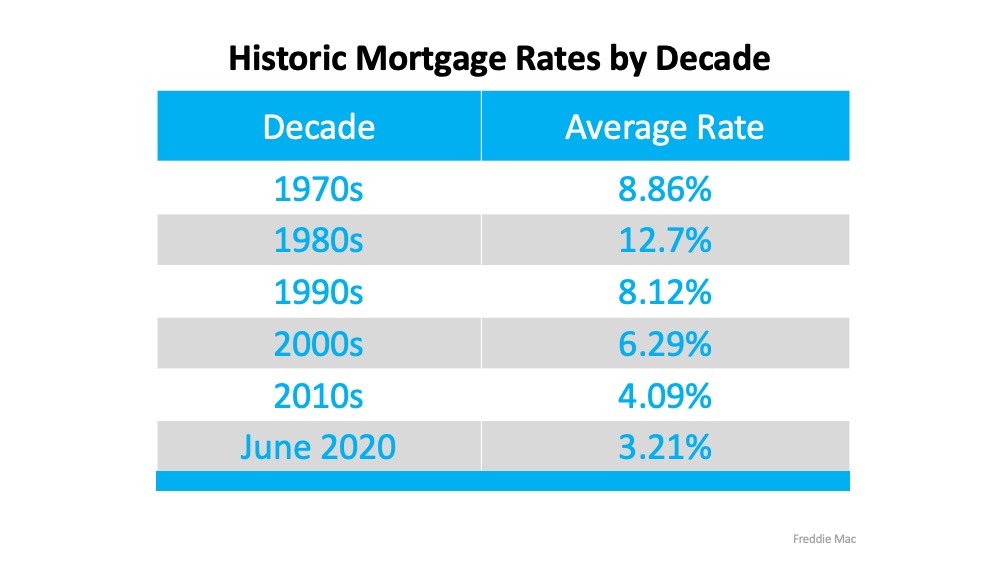June 28 is National Insurance Awareness Day. Although it's not as much fun as Talk Like a Pirate Day, it is a valuable reminder for savvy homeowners. Conducting an annual review of your homeowner's insurance policy can contribute to your peace of mind all year long.
While it doesn't happen often, at least in my past experience, I have worked with homeowners who have run into snags with their homeowner insurance coverage. Here are a few examples:
- Insurance was cancelled due to a missed monthly payment - after having insurance through the same agency for multiple years, an unfortunate lack of effective communication or reaching out to the homeowner resulted in home insurance being cancelled for nearly 3 years without the homeowner's knowledge. The homeowner discovered the lapse when they were considerng selling their home, and got the insurance re-instated.
- Insurance was cancelled when an agency went out of business, the clients were transferred to another insurance carrier, and the homeowner didn't update their records or payments with the new agency.
- Insurance was 'force applied' by the lender when the mortgage was sold to a different mortgage servicer but the home insurance information was not provided. When mortgages get sold to a new servicer, or when homeowners change insurance carriers, updated insurance coverage information needs to be provided to the mortgage company.
- Homeowners were surprised when they learned upon selling their home, that the small creek behind their home had expanded into a flood zone on the FEMA maps requiring the homeowner to carry flood insurance. The homeowner didn't have a mortgage, so it wasn't flagged by their insurance company as being needed.
Is your homeowner's insurance doing its job?
You're probably familiar with the basics of homeowner's coverage since it's mandatory if you have a mortgage. Here's a rundown of the types of losses it may cover, including some additional coverage you may want to add if you don't carry it now.
Basic coverage may include dwelling coverage. It pays for damage to your home and detached structures, including sheds, fences, and garages up to the limit you specify. it will also include personal property coverage, which pays for repair or replacement of your home's contents such as furniture, appliances, electronics and clothing if they are damaged by a fire, weather or stolen during a burglary. If you haven't yet made out an inventory of your personal property, now is a good time to consider doing so.
More coverage = more peace of mind
You may have options to bump up your basic coverage, which can save money if and when you file a claim. One option is replacement cost coverage. Instead of actual cash value coverage, which factors in depreciation to your possessions before issuing payment, replacement cost coverage will provide you with a bigger payment. This coverage helps you replace items at today's replacement cost so you won't have to make up the difference yourself.
Other Options to consider
- Liability and medical coverage protects you in case someone injures themselves on your property and files a claim against you.
- Loss of use coverage pays for your living expenses if your home is too damaged for you to inhabit while it is being repaired or rebuilt.
- Valuable items protection does just what it says. It provides additional coverage for jewelry, antiques, fine are, electronics, computer equipment and more.
Specialized coverage to help cover more bases
Flood insurance is often overlooked by homeowners if their mortgage lender didn't make it a mandatory purchase. But even if you're not in a low-lying area, it's worth checking out the Federal Emergency Management Agency's (FEMA's) Floodsmart web site. According to FEMA, people outside high-rish flood zones file more than 20% of all flood insurance claims.
Earthquake insurance can sometimes be added to a standard homeowner's insurance policy, although you may have to purchase separate, stand-alone insurance. The risk of being affected by an earthequake isn't limited to California - check out his online Earthquake Hazard Map to see if you should look into adding coverage.
Umbrella coverage picks up the slack from anything not covered by the coverages already described here. It protects you from major claims and lawsuits - things most of us would never anticipate until they happened. It kicks in when the liability protection provided by your homeowner's insurance and auto insurance is maxed out, or doesn't offer protection for a particular incident.
Here are some situations where umbrella coverage can make a difference: property damage, liability coverage on rental units you own, malicious prosecution, libel, slander, and other personal liability situations. Fore example, if a neighbor's child is injured on your back yard trampoline or bitten by your dog, or if you car is totaled by an under-insured party, umbrella coverage could save the day.
It's worth an annual call to your insurance agent to get answers to any questions you have and ensure you have the proper coverage you need.
Adapted from Equity Group Mortgage Blog; The information in this article is for informational purposes only and should not be considered legal advice or advice of a licensed insurance agent.

![7 Strategies for a 2020 Open House [INFOGRAPHIC] | MyKCM](https://files.mykcm.com/2020/06/18125320/20200619-MEM-1046x1694.jpg)






![National Homeownership Month [INFOGRAPHIC] | MyKCM](https://files.mykcm.com/2020/06/04131104/20200605-MEM-1046x997.jpg)



